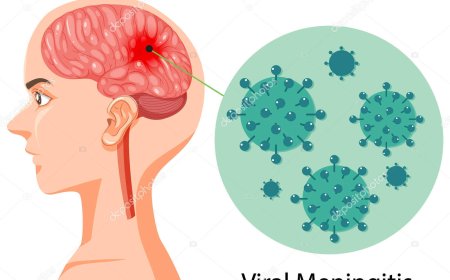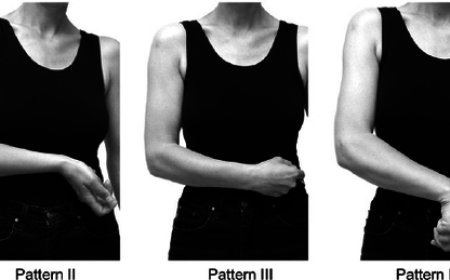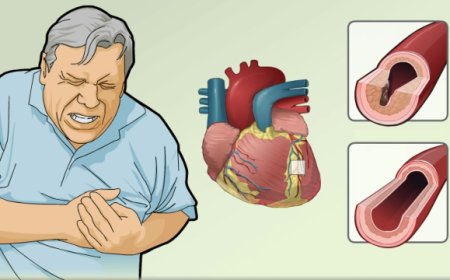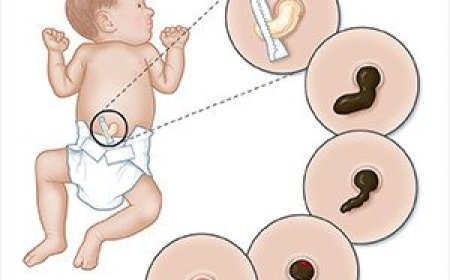Whooping Cough
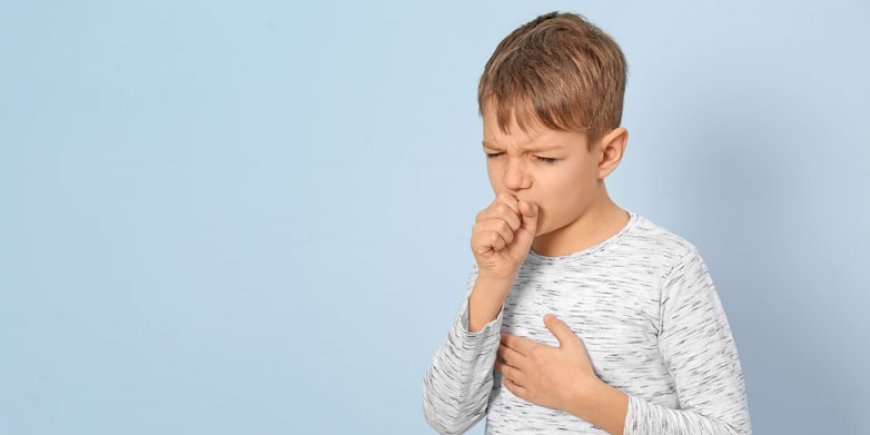
Introduction:
Once upon a time in the colorful land of India, there lived a pesky cough called Whooping Cough. But why was it called Whooping Cough? Well, let's find out!
Signs and Symptoms:
Whooping Cough was a tricky fellow to identify because it started just like an ordinary cold. The symptoms included a runny nose, sneezing, a mild fever, and a cough. But this was not an ordinary cough. As it progressed, the cough became worse, and it caused a "whooping" sound when the person tried to take a deep breath after a coughing fit.
What is Whooping Cough?
Whooping Cough, also known as Pertussis, is a highly contagious respiratory infection caused by bacteria called Bordetella pertussis. It mainly affects the airways, making it hard for people to breathe properly.
How is Whooping Cough Classified?
Whooping Cough is generally classified into three stages:
-
Catarrhal stage: This is the early stage, where the symptoms are similar to the common cold.
-
Paroxysmal stage: In this stage, the cough becomes severe and is characterized by the "whooping" sound.
-
Convalescent stage: During this stage, the cough starts to improve, but it may still linger for several weeks.
Causes and Triggers:
Whooping Cough spreads through tiny droplets released into the air when an infected person coughs or sneezes. The bacteria can easily find new hosts, especially in crowded places like schools or public transport.
Risk Factors with Examples:
Some people are at higher risk of catching Whooping Cough, such as:
-
Unvaccinated children: Rahul skipped his Whooping Cough vaccination, and he ended up getting sick and spreading it to his friends.
-
Infants: Little Priya was too young to get vaccinated, so she caught the infection from her older sister.
-
Pregnant women: Anamika caught Whooping Cough during her pregnancy, which put her unborn baby at risk.
Types of Whooping Cough:
There are various types of Whooping Cough, but the most common one is the typical form. Some of the other types include:
-
Atypical Pertussis: This type is milder and doesn't cause the classic "whooping" sound.
-
Vaccinated Pertussis: Even if you've been vaccinated, you can still catch a milder form of the infection.
-
Infant Pertussis: Babies, especially those younger than six months, can have severe cases of Whooping Cough.
Diagnostic Tests and Treatments:
To diagnose Whooping Cough, doctors use different tests:
-
Nasal Swab: The doctor takes a sample from the nose to check for the presence of bacteria.
-
Blood Test: This helps in identifying the infection and checking the body's response to it.
Complications of Whooping Cough:
If not treated on time, Whooping Cough can lead to severe complications, such as:
-
Pneumonia: The infection can spread to the lungs, causing pneumonia.
-
Seizures: Coughing fits can sometimes lead to seizures, especially in young children.
Prevention Techniques:
The best way to prevent Whooping Cough is through vaccination. In India, there's a vaccine called the DPT vaccine that protects against Diphtheria, Pertussis (Whooping Cough), and Tetanus. It's essential for children to get vaccinated on time to stay safe and healthy.
even though Whooping Cough may seem like a silly sneezing snort story, it's crucial to take it seriously and protect yourself and others. So, be a smart superhero, get vaccinated, and keep those pesky coughs at bay!
What's Your Reaction?
 Like
0
Like
0
 Dislike
0
Dislike
0
 Love
0
Love
0
 Funny
0
Funny
0
 Angry
0
Angry
0
 Sad
0
Sad
0
 Wow
0
Wow
0


























































